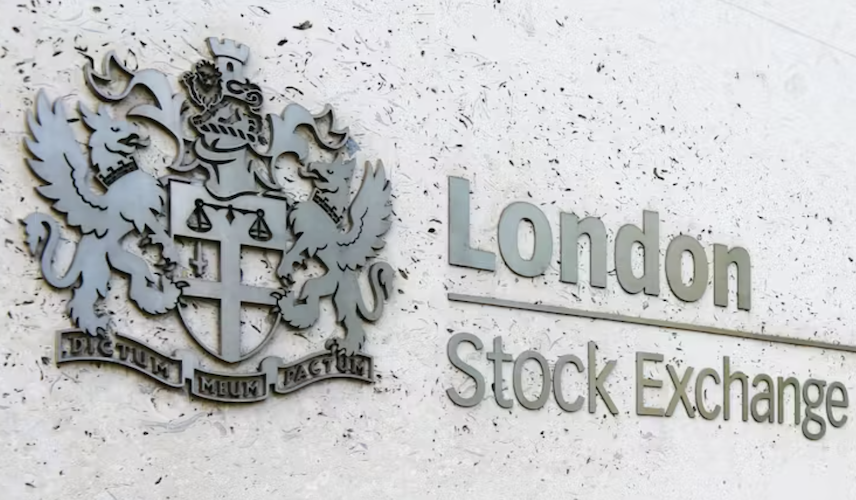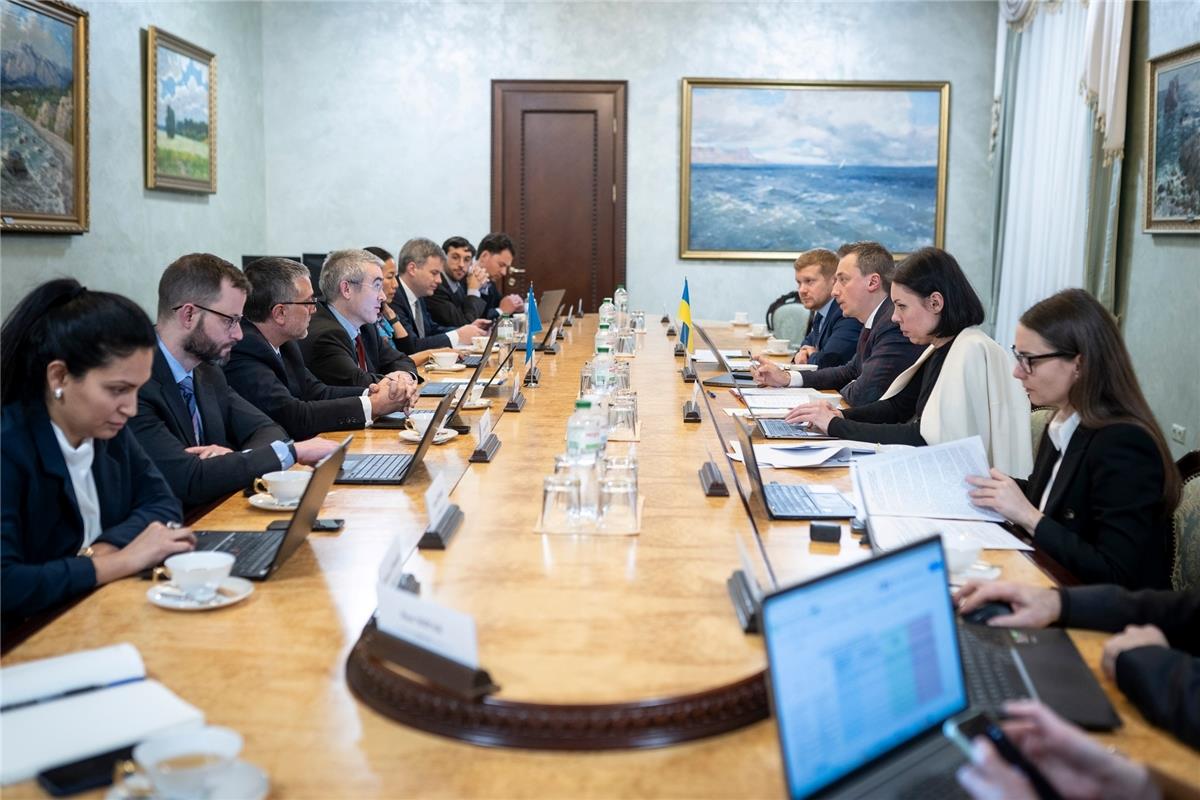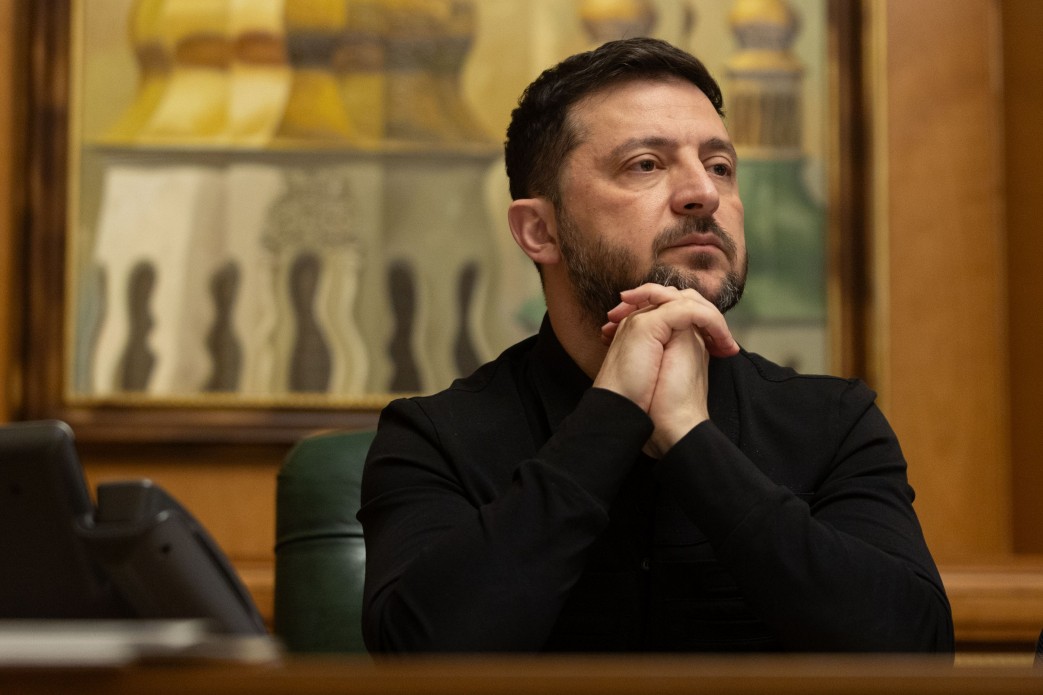Since February 2022, all domestic budget resources have been directed toward meeting defense needs. Therefore, Ukraine relies on support from international partners to finance social expenditures, including the healthcare sector. Deputy Finance Minister Olha Zykova stated this at the Ukraine ReHealth 2025 conference during the panel “The Link Between Financing and Recovery: Strategies of International Financial Institutions.”
“In wartime conditions, the Ministry of Finance is forced to balance between priorities. Today, the state’s top priority is defense spending. Therefore, to cover healthcare expenses, which amount to over 200 billion hryvnias in 2025, the government relies on support from international partners,” said Zykova. She added that currently, about 60% of the budget is allocated to security and defense, while nearly 40% goes toward social expenditures.
The Deputy Minister emphasized that supporting the healthcare sector today should involve not only financing salaries for medical workers and investing in infrastructure but also implementing systemic changes and an overall transformation of the sector in the context of Ukraine’s European integration path. This process is further complicated by the constant need to restore medical facilities damaged by the war and the increasing pressure on hospitals due to the growing number of internally displaced persons.
According to the Fourth Rapid Damage and Needs Assessment (RDNA4), restoring and reconstructing Ukraine’s healthcare sector alone will require $19.4 billion over the next ten years. This represents about 4% of Ukraine’s total recovery needs, estimated at $524 billion. The healthcare sector has been identified as one of the priority areas for recovery in 2025. Recovery priorities for that year include both public investment projects and non-investment programs.
Zykova noted that the success of large-scale healthcare recovery programs depends on effective coordination of support from international partners, flexibility in implementing such support, the execution of necessary reforms by Ukraine, and expanding cooperation with the private sector.
She highlighted several key changes in cooperation with international partners since the beginning of the war:
- Focus on flexibility. Over the past 3.5 years, cooperation has evolved from emergency response to strategic partnership. This partnership combines financial tools with systemic reforms and recovery processes, allowing Ukraine not only to repair damage but also to build a more efficient, resilient, and transparent healthcare system.
- Improved coordination among partners. The Ministry of Finance plays a central role in working with international donors and partners. Its goal is to attract and manage foreign financing for healthcare recovery, ensuring alignment with Ukraine’s strategic priorities. International financial organizations distribute their roles accordingly: the World Bank supports systemic reforms and the social sector, the EBRD focuses on supporting state enterprises and liquidity, the EIB invests primarily in municipal and social infrastructure, transportation, energy, education, and private sector projects, while the IFC leads in blended financing, combining private investments with grants from individual countries. This approach avoids duplication and covers all key aspects of recovery.
- Implementation of EU standards. By prioritizing efficiency and transparency in financing, the Ministry of Finance is helping align Ukraine’s healthcare system with EU standards. The “build back better” approach aims not only to restore damaged infrastructure but also to reform the system, making it more resilient, transparent, and equitable in the long term, which is an important step toward Ukraine’s future EU membership.
- Strengthening the blended financing model. Integrating grant components into loan programs (as seen with the EIB and EBRD) has proven effective in reducing financial risks for communities and private businesses. This model should be scaled up for future investment projects.
- Expanding cooperation with the private sector. Involving private healthcare institutions in the recovery process, particularly through financing mechanisms provided by international partners, will help diversify the healthcare services market, ease pressure on the state budget, and drive innovation.
“If in February 2022 there was no clear understanding of how to adapt the mandates of different organizations to the war in Ukraine, today partners are showing maximum flexibility, using both existing tools and creating new ones. International financial institutions have started adjusting their approaches and instruments when working with Ukraine, approaches that they may later apply in cooperation with other countries,” Zykova stressed.
At the same time, the Deputy Minister added that the Ukrainian government continues working toward more transparent and comprehensible processes and procedures in collaboration with partners. This will strengthen donor confidence in Ukraine, which in turn will increase the flow of international budgetary support.
For reference, over the past 3.5 years, Ukraine has secured nearly $145 billion in budgetary support from international partners




















